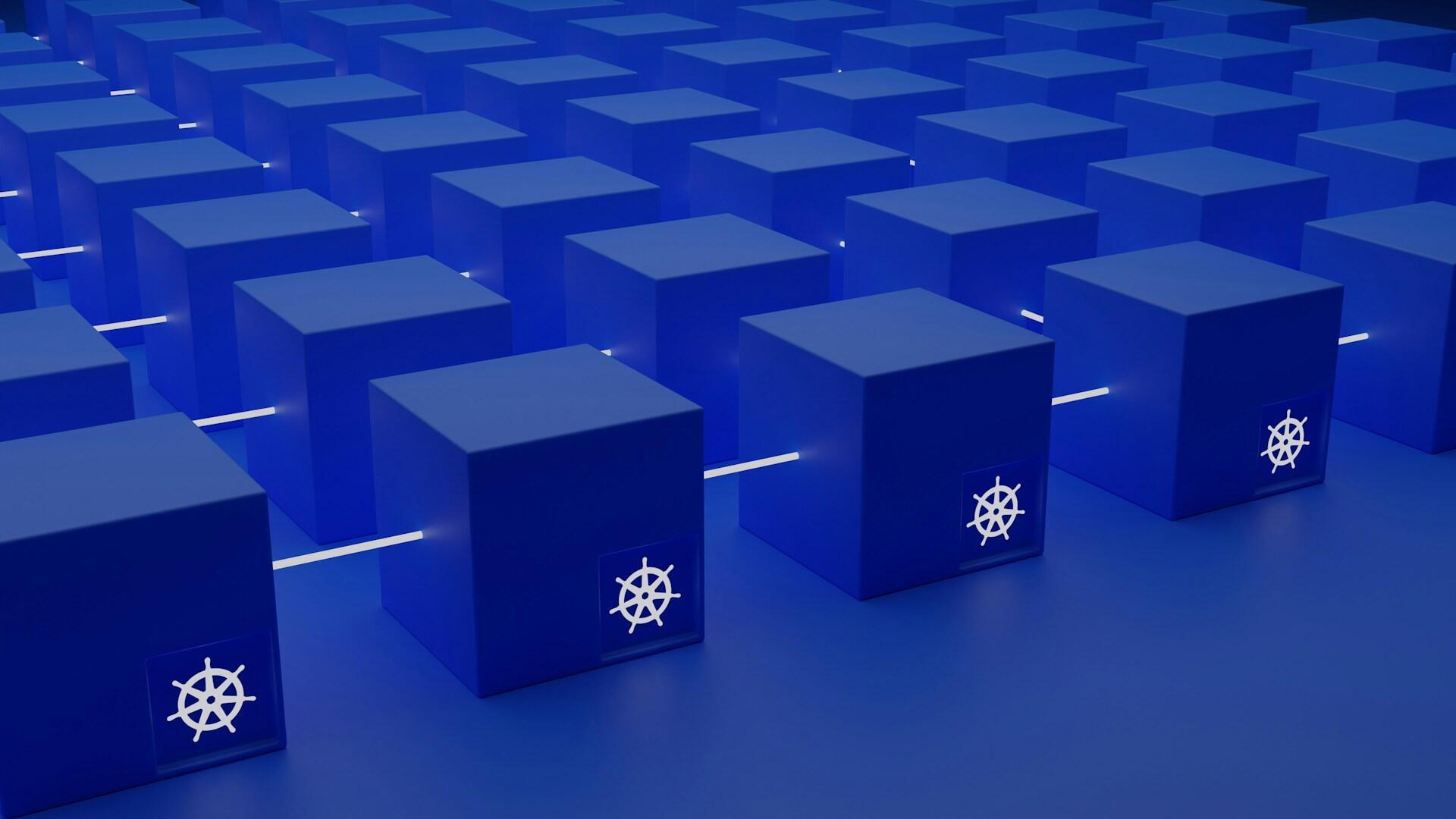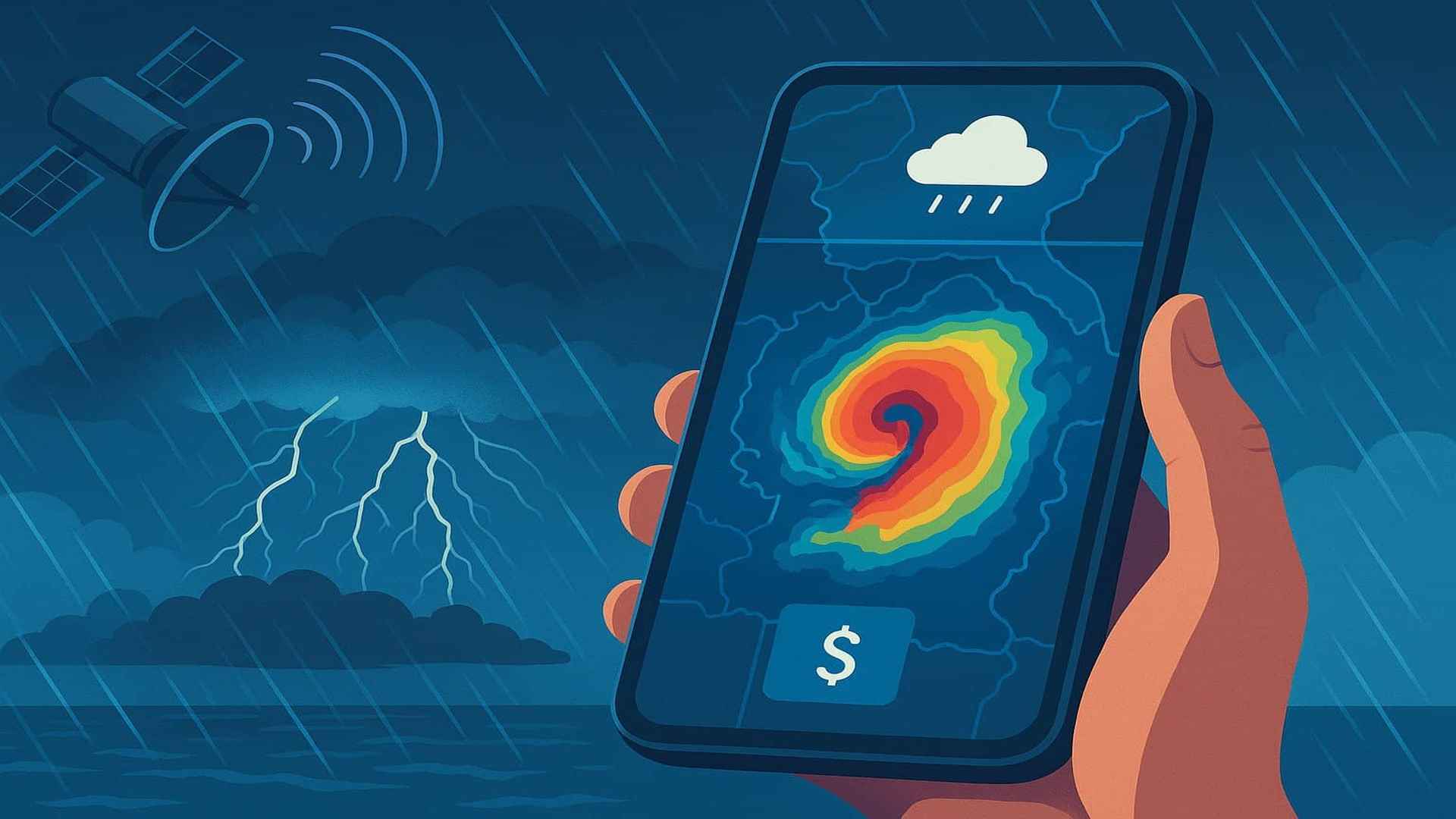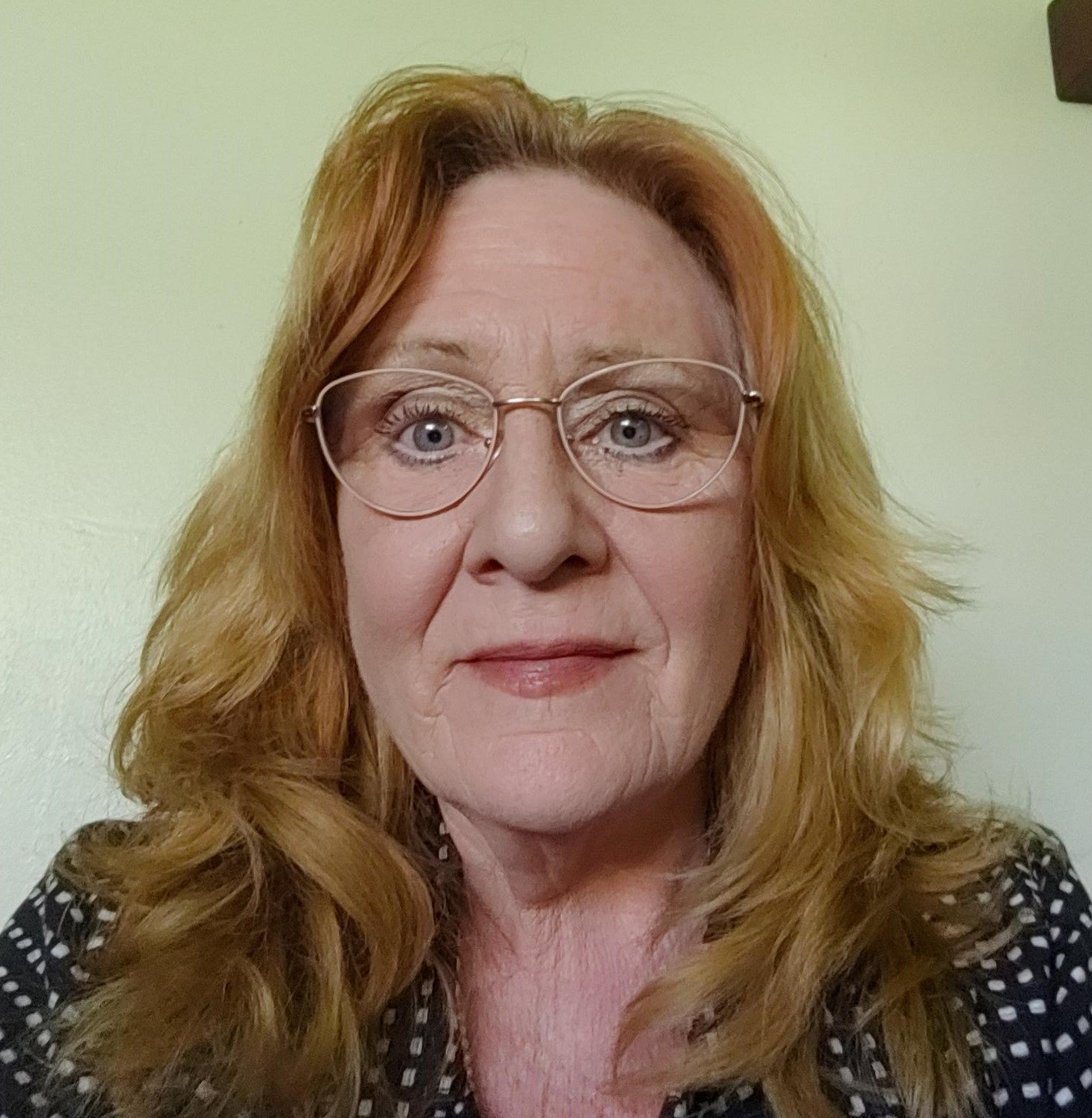Quantum Computing is Unlocking New Dimensions in P&C Risk Modeling

The promise of quantum computing for property and casualty (P&C) insurance isn’t just about faster calculations—it’s about fundamentally rethinking how we model risk in a world of unprecedented complexity. Traditional methods, even with the most advanced classical hardware, face intrinsic limitations when dealing with high-dimensional, nonlinear, and stochastic systems (random or probabilistic variables) that define modern risk landscapes.
Quantum computing offers a paradigm shift by leveraging quantum phenomena like superposition and entanglement to process and simulate these systems in ways classical computers simply cannot.
The Computational Bottleneck in Modern P&C Risk Models
At the heart of P&C risk modeling lies the challenge of integrating diverse, large-scale datasets—ranging from satellite imagery and sensor feeds to historical claims and climate projections—into coherent, predictive frameworks. Consider catastrophe modeling: it requires simulating millions of event permutations and their cascading impacts on assets and liabilities.
The Monte Carlo Wall
Classical Monte Carlo methods, while effective, become computationally prohibitive as scenario complexity and interdependencies grow.
Classical Monte Carlo methods rely on running a huge number of random simulations (sample paths) to estimate probabilities or expected values in complex systems. As the number of variables (N) and the required accuracy (ε) increase, the computational cost rises steeply.
Moreover, many risk factors exhibit nonlinear correlations and quantum-like uncertainty, which classical probabilistic models approximate but cannot fully capture. This leads to model risk and imprecision in underwriting and pricing.
Even the most advanced classical hardware, such as high-performance CPUs, GPUs, and distributed cloud clusters, is fundamentally limited by the architecture of classical (binary) computation.
Here’s why this matters:
-
Binary Processing Limits: Classical hardware processes information as bits (0s and 1s). As risk models become more complex—incorporating more variables, higher data dimensionality, and intricate interdependencies—the number of calculations required grows exponentially. Even with the latest multi-core processors and parallel computing, there’s a ceiling to how efficiently these calculations can be performed.
-
Memory Bottlenecks: Large-scale simulations (like catastrophe modeling with thousands of variables) quickly consume massive amounts of RAM and storage. Hardware upgrades can help, but only up to a point—eventually, the sheer volume and complexity of data outstrip what even top-tier classical systems can handle in a reasonable timeframe.
-
Energy and Cost: Running advanced simulations on classical supercomputers or large cloud clusters is energy-intensive and expensive. There are diminishing returns on hardware investment as models scale up.
Quantum hardware, in contrast, leverages qubits, which can exist in multiple states simultaneously (superposition), allowing quantum computers to process and analyze vast, complex datasets with exponentially fewer steps for certain classes of problems. This is why the limitations of classical hardware are considered intrinsic: they’re built into the very architecture of how information is processed, not just the speed or size of the machines themselves.
Quantum Algorithms Tailored for Risk Modeling
Quantum computing in insurance is relevant because it introduces specialized algorithms that can tackle these challenges head-on: data complexity, interdependencies, and computational bottlenecks.
-
Quantum Monte Carlo (QMC): Unlike classical Monte Carlo methods, QMC leverages quantum amplitude amplification to achieve quadratic speedups in sampling rare but high-impact events. This accelerates tail-risk estimation, critical for catastrophe bonds and reinsurance pricing.
-
Variational Quantum Eigensolver (VQE): Originally designed for quantum chemistry, VQE can optimize complex loss functions in portfolio risk aggregation, enabling insurers to find global minima in risk exposure landscapes that classical optimizers might miss.
-
Quantum Machine Learning (QML): Quantum-enhanced kernel methods and quantum neural networks can identify subtle, nonlinear patterns in claims data, improving fraud detection and claims triage with higher precision.

Practical Implications: Taking it From Theory to Underwriting
The real power of quantum computing in insurance lies in hybrid quantum-classical workflows. For example, a quantum processor can handle the combinatorial explosion of scenario simulations, feeding refined risk metrics back into classical actuarial models for final pricing. This synergy enables:
-
Dynamic, real-time risk updates: Quantum-accelerated simulations can process streaming IoT data to adjust risk profiles on the fly, crucial for perishable risks like weather-dependent policies.
-
Enhanced portfolio diversification: By modeling complex correlations across asset classes and geographic regions quantumly, insurers can optimize capital allocation and reinsurance structures more effectively.
-
Improved model explainability: Quantum algorithms can decompose risk contributions in high-dimensional spaces, providing actuaries with clearer insights into the drivers of loss variability.
Will Quantum Computing Face Insurance Challenges in Implementation?
While quantum hardware is progressing rapidly, with companies like IonQ and Google demonstrating processors with over 100 qubits, noise and error rates remain hurdles. Near-term quantum advantage for P&C insurance is likely to emerge through the integration of Noisy Intermediate-Scale Quantum (NISQ) devices into classical pipelines.
Data encoding remains a technical bottleneck—efficiently mapping vast insurance datasets onto quantum states without loss of fidelity is an active research area. Advances in quantum data compression and error mitigation will be pivotal.
Is Quantum Computing Mainstream Yet?
Not quite—but it’s no longer just hype. The U.S. insurance industry is in the early stages of quantum adoption, with most activity centered around research, pilots, and strategic partnerships. However, the pace is accelerating: as soon as quantum hardware achieves the next leap in stability and scale, American carriers with these foundations in place will be positioned to move quickly from pilot to production.
Allstate became one of the first major U.S. insurers to join the Chicago Quantum Exchange in 2025, partnering with leading quantum researchers to explore practical insurance applications. Their focus: using quantum computing to tackle complex risk modeling challenges that are computationally out of reach for even the most advanced classical systems.
The Quantum Economic Development Consortium (QED-C), which includes U.S. industry giants like AT&T, Wells Fargo, and Honeywell, is driving collaborative research and development in quantum technologies. While not all members are insurers, this consortium is shaping the broader quantum innovation landscape in which American carriers are participating.
U.S. insurers are also watching closely as financial services leaders like Goldman Sachs deploy quantum algorithms for risk assessment and scenario modeling, paving the way for similar applications in insurance underwriting and catastrophe modeling.
With quantum’s potential to break current encryption standards, carriers must start evaluating quantum-safe security protocols and post-quantum cryptography to protect sensitive policyholder data.
As quantum computing becomes available via cloud platforms, the barriers to entry for smaller insurance carriers will decrease, making it easier to experiment with or adopt solutions without heavy upfront investment.
Topics: Risk Management









.jpg)